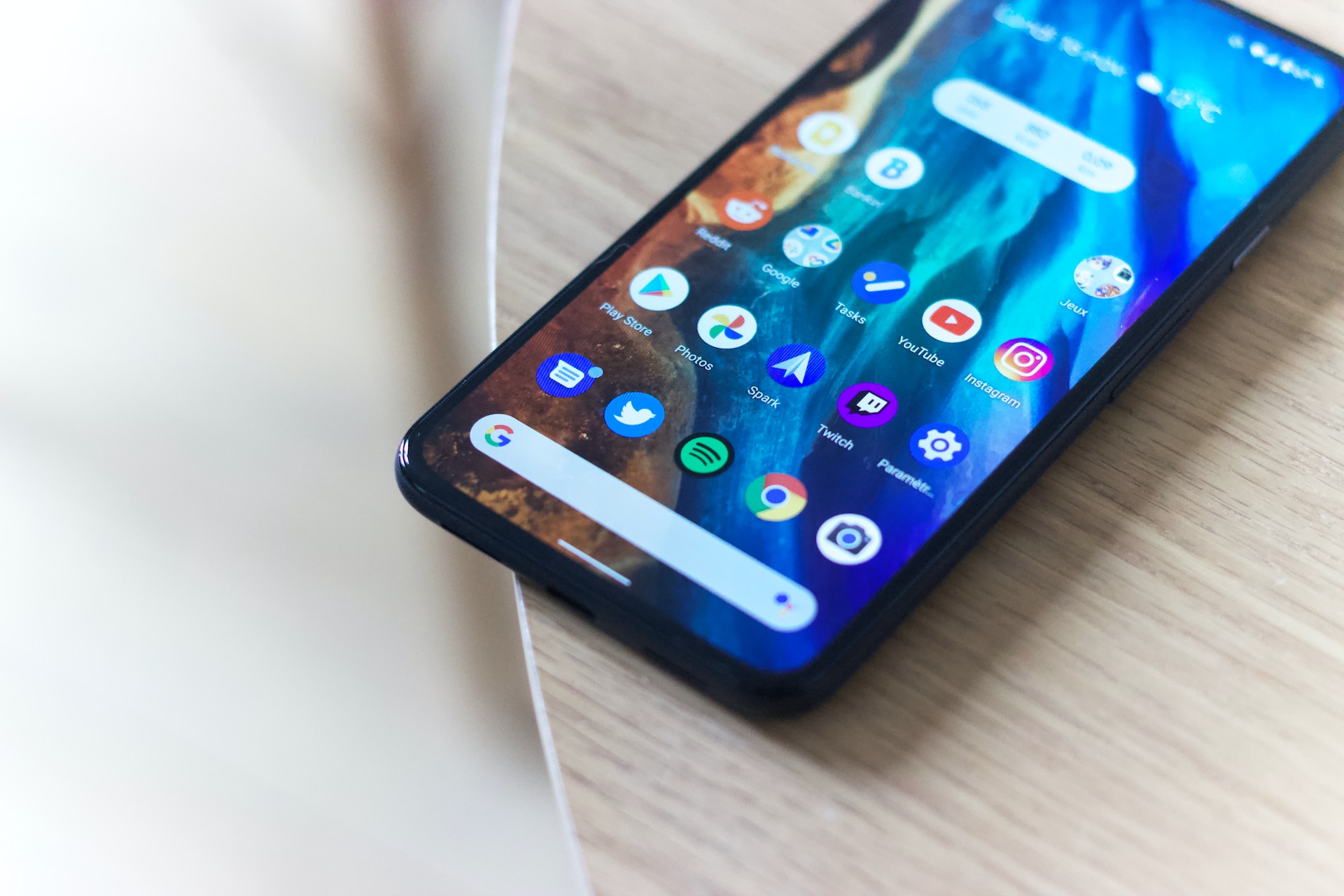Cell phones are expensive investments, and you want yours to run smoothly. There are a few simple things you can do to keep your phone in top condition and prevent costly repairs.
Clean your phone regularly to remove dirt and dust. A protective case and screen protector can also help protect your device from physical damage.
Clean Your Phone Regularly
Phones are constantly exposed to germs, and cleaning them regularly isn’t just hygienic—it can help preserve their resale value. Before you wash your phone, remove the case and spray or dip a microfibre (and preferably lint-free) cloth with cleaning solution or water.
Avoid dunking your device in water, though, as forceful sprays can damage internal components and cause water to creep into openings like ports or speakers.
Next, wipe the phone with disinfectant wipes, such as those recommended. Use a soft, non-abrasive cloth and wrap the wipe around a cotton swab to get into small areas.
Avoid Exposure to Extreme Temperatures
Phones built with a waterproof rating are not invincible, especially if exposed to extreme temperatures for extended periods. Water can build up in ports, leading to rust and corrosion, and dirt can enter speakers or mics, negatively impacting audio quality.
Also, the hottest days of summer can shorten a battery’s lifespan by melting some of its internal components. By avoiding extreme temperatures and following these tips, you can help ensure your used smartphones last longer.
Keep Your Phone’s Software Up-to-Date
Updates are a great way to protect your device from cybercriminals, as they fix security vulnerabilities. This is important because hackers are always looking for ways into devices that do not have the latest updates.
It is also a good idea to update your software regularly to access exciting new features. These upgrades can improve your smartphone’s performance, camera capabilities, and battery life. They can even enhance its usability and compatibility with other devices. They can also remove bugs that slow down the phone’s functionality and speed.
Protect Your Screen
Your phone is an extension of you, so it’s bound to pick up some dirt and smudges along the way. It would help if you cleaned it regularly, especially its screen.
Use a pre-moistened cleaning wipe that’s safe for your specific phone. Avoid using paper towels, tissues, or T-shirt material, as they can scratch your device’s screen or etch its protective coating.
Also, remove the case if it has one to get into the nooks and crannies of its surface. This will make it easier to clean the inside as well.
Remove Dust and Debris from Ports
After a long day on the go, your phone is exposed to germs and dirt everywhere. If your phone isn’t charging as it should, a build-up of dust and debris in the charging port could be to blame.
To clean this area, scrub the surface with a damp microfiber cloth. Next, use a cotton swab dipped in tech-friendly cleaning alcohol (isopropyl alcohol is acceptable) to remove any gunk stuck inside the port. This will help to prevent further damage to your device.
Avoid Fingerprint Smudges
A fingerprint on the screen can be a hint to a hacker about what your password or PIN is. Avoid this by regularly wiping the surface of your phone case with a microfiber cloth.
Plastic cases, particularly glossy ones, are prone to fingerprint smudges. Opting for a frosted or matte case can minimize these issues.
Rubber or silicone cases are also highly resistant to fingerprints. These materials are both protective and stylish, making them a practical choice for those looking to minimize smudges. Alternatively, leather cases offer a more traditional style while still resistant to fingerprints.
Clean Your Phone’s Frame
Excessive moisture can damage your smartphone’s internal components, and it might not be obvious if it happens. Fortunately, almost every phone comes with one or two moisture indicators—usually behind the battery or near the SIM card slot.
Gently wipe the frame of your used phone with a microfiber cloth to remove fingerprint smudges and other grime. This may not kill germs, but it will physically lift them from the surface—and a microfiber cloth is more effective than a washcloth or paper towel.
In a small spray bottle, mix a solution of one-to-one distilled water and 70% isopropyl alcohol. Lightly mist a lint-free microfiber cloth with the mixture and gently wipe each part of your used phone.
Replace Batteries Regularly
Smartphones aren’t cheap, so you want them to last as long as possible. Fortunately, there are simple things you can do to help your phone run faster, provide more space, and even extend the life of its battery.
For example, if you’re constantly receiving notifications on your phone from apps like Facebook or Super Mario Run, it’s sucking up more power and draining the battery. Also, avoid leaving your phone in cold temperatures, affecting the battery’s performance. You can check your battery’s health in your device’s Settings menu.
Avoid Extreme Usage
Using your smartphone for high-intensity activities, like playing games or streaming videos, strains the hardware components and battery. You can keep your phone working well by limiting its usage and taking regular breaks.
If you find yourself ignoring friends over lunch to check Facebook or compulsively checking your phone during school lectures, reassess your usage patterns and strike a healthier balance.
Avoid Rough Handling
Modern smartphones contain precious metals and premium materials. Unfortunately, they’re also costly to repair and replace. Purchasing a used phone is an excellent way to save money, and it helps reduce the amount of electronic waste that Americans generate.
A nifty online tool called willmyphonework can tell you whether a used smartphone is compatible with your carrier and account. However, this tool can’t tell you if the device has been locked to a previous provider. You should check that out before making a purchase. Additionally, it would help if you avoided rough handling of the phone.

